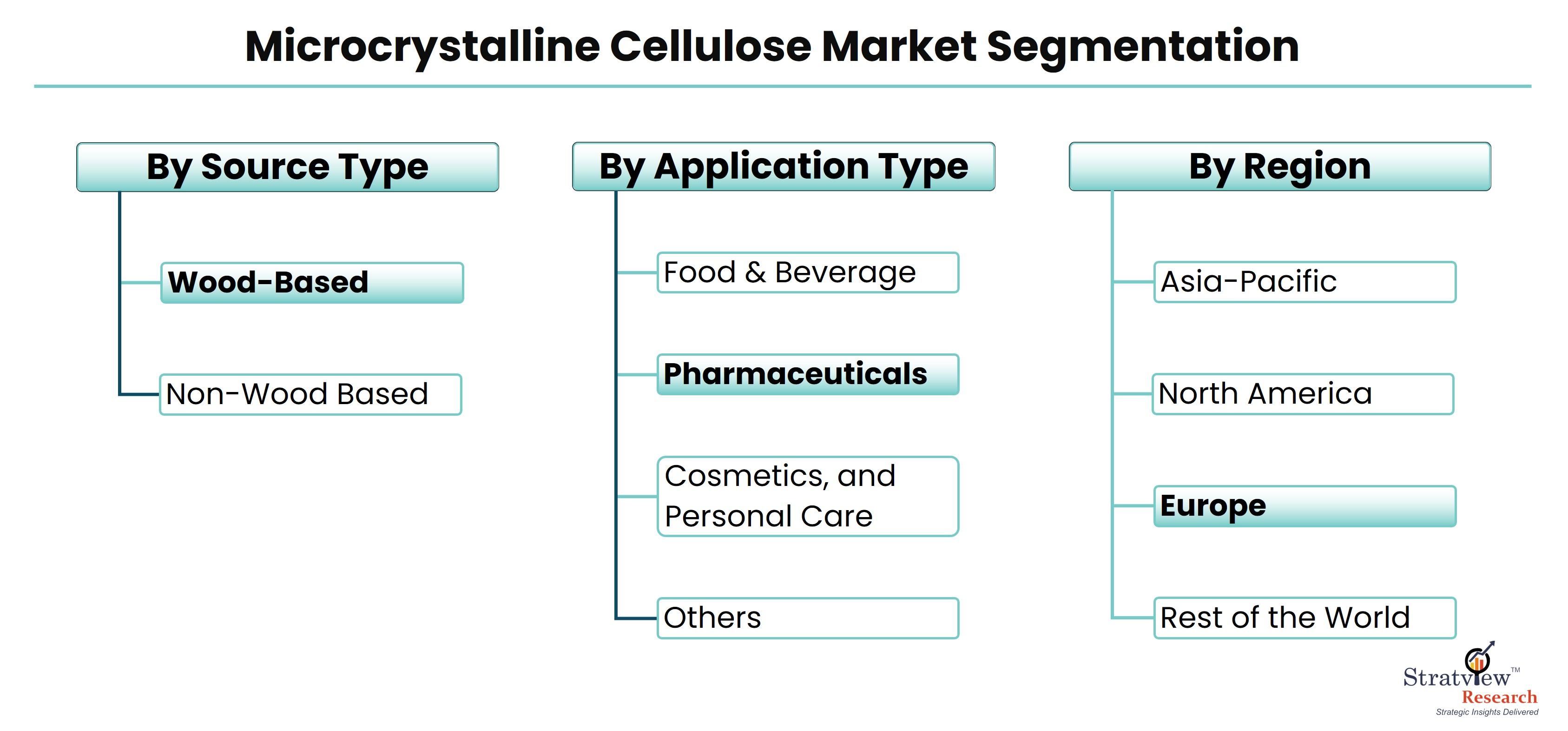Driving Forces: Insights into the Microcrystalline Cellulose Market

According to Stratview Research, the microcrystalline cellulose market was estimated at USD 901.57 million in 2022 and is likely to grow at a CAGR of 7.02% during 2023-2028 to reach USD 1355.44 million in 2028.
Microcrystalline cellulose (MCC) is a widely used ingredient across various industries, renowned for its multifunctional properties and derived from natural cellulose. As a key component in pharmaceuticals, food and beverages, and personal care products, the MCC market is experiencing significant growth. This article provides insights into the driving forces behind the burgeoning microcrystalline cellulose market and explores the factors contributing to its expansion.
Understanding Microcrystalline Cellulose: Microcrystalline cellulose is a refined cellulose derived from plant sources, primarily wood pulp. Its unique characteristics, such as high compressibility, binding ability, and stability, make it a valuable ingredient in a variety of applications. MCC's role as an excipient in pharmaceuticals, a stabilizer in food, and an absorbent in personal care products underscores its versatility.
Driving Forces in the Microcrystalline Cellulose Market:
Pharmaceutical Industry Demand: The pharmaceutical industry is a major consumer of MCC, using it extensively as an excipient in tablet formulations. MCC's ability to enhance tablet hardness and disintegration properties makes it indispensable in drug manufacturing. The growing demand for pharmaceutical products, driven by an aging population and increasing prevalence of chronic diseases, significantly boosts the MCC market.
Growth in Processed Food Consumption: The food and beverage industry leverages MCC for its stabilizing, texturizing, and anti-caking properties. As consumer preferences shift towards convenience foods and ready-to-eat meals, the demand for MCC as a food additive increases. Additionally, the rising trend of health-conscious eating habits has led to the incorporation of MCC in low-fat and gluten-free products, further propelling market growth.
Expansion of the Personal Care Sector: In the cosmetics and personal care industry, MCC is valued for its absorbent and texturizing capabilities. It is used in a wide range of products, including creams, lotions, powders, and makeup. The expanding global beauty and personal care market, particularly in emerging economies, drives the demand for MCC.
Sustainability and Natural Products Trend: With a growing emphasis on sustainability and natural products, MCC, derived from renewable plant sources, aligns well with the preferences of eco-conscious consumers and manufacturers. The demand for biodegradable and sustainable ingredients in various applications supports the growth of the MCC market.
Technological Advancements: Innovations in production technologies have improved the quality and functionality of MCC. Advanced processing techniques allow for the customization of MCC to meet specific industry requirements, enhancing its suitability for diverse applications. Technological advancements also contribute to cost-effective production, making MCC more accessible to a broader market.
Regulatory Approvals and Compliance: MCC's recognition as a Generally Recognized As Safe (GRAS) ingredient by regulatory authorities such as the FDA bolsters its acceptance and use across industries. Compliance with international quality standards and regulatory approvals facilitates its incorporation into a wide range of products, driving market growth.
Challenges and Opportunities:
Fluctuating Raw Material Prices: The MCC market faces challenges related to the volatility of raw material prices, primarily wood pulp. Fluctuations in raw material costs can impact the overall production cost of MCC, influencing market dynamics.
Regulatory Hurdles: Adherence to stringent regulatory requirements and quality standards can be challenging for manufacturers. However, companies that invest in robust compliance frameworks and maintain high-quality production standards can leverage this as a competitive advantage.
Expansion into New Applications: Exploring new applications for MCC, such as in bio-based polymers and renewable energy sectors, presents significant growth opportunities. Ongoing research and development efforts aimed at discovering innovative uses for MCC can unlock new markets and drive further expansion.
Future Outlook: The future of the microcrystalline cellulose market looks promising, with sustained growth anticipated across key application areas. The convergence of consumer trends towards health, sustainability, and convenience will continue to drive demand for MCC. Additionally, advancements in production technologies and expanding applications will further catalyze market growth.
Conclusion: The microcrystalline cellulose market is propelled by a combination of factors, including increasing demand from pharmaceuticals, food and beverages, and personal care sectors, as well as the growing emphasis on sustainability and natural products. By understanding these driving forces and addressing associated challenges, industry stakeholders can capitalize on emerging opportunities and navigate the evolving landscape of the MCC market successfully.
- Art
- Causes
- Crafts
- Dance
- Drinks
- Film
- Fitness
- Food
- Giochi
- Gardening
- Health
- Home
- Literature
- Music
- Networking
- Altre informazioni
- Party
- Religion
- Shopping
- Sports
- Theater
- Wellness


